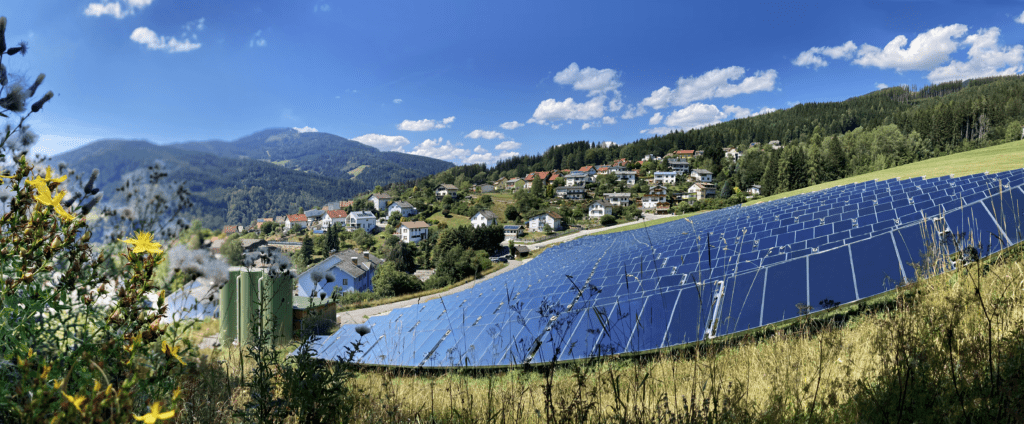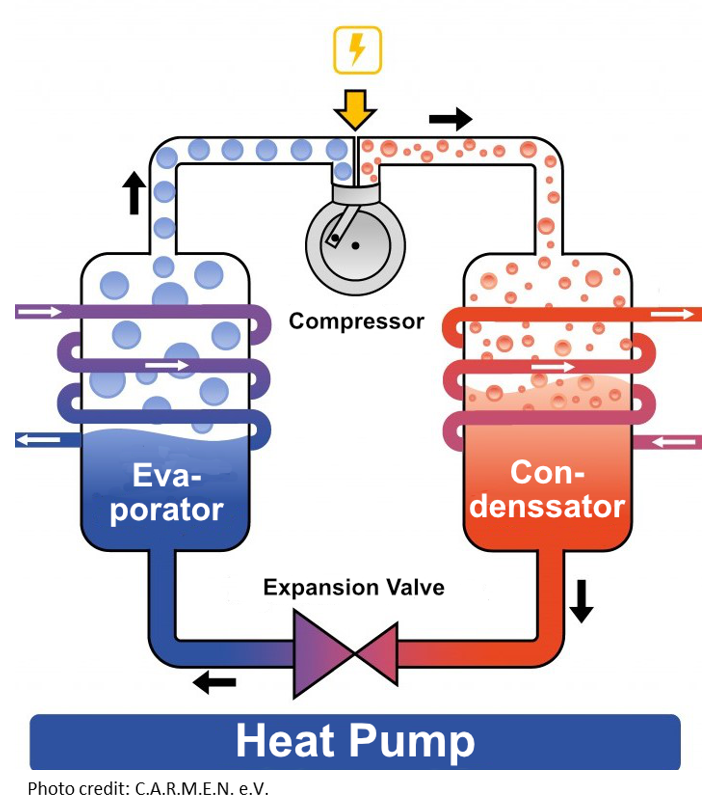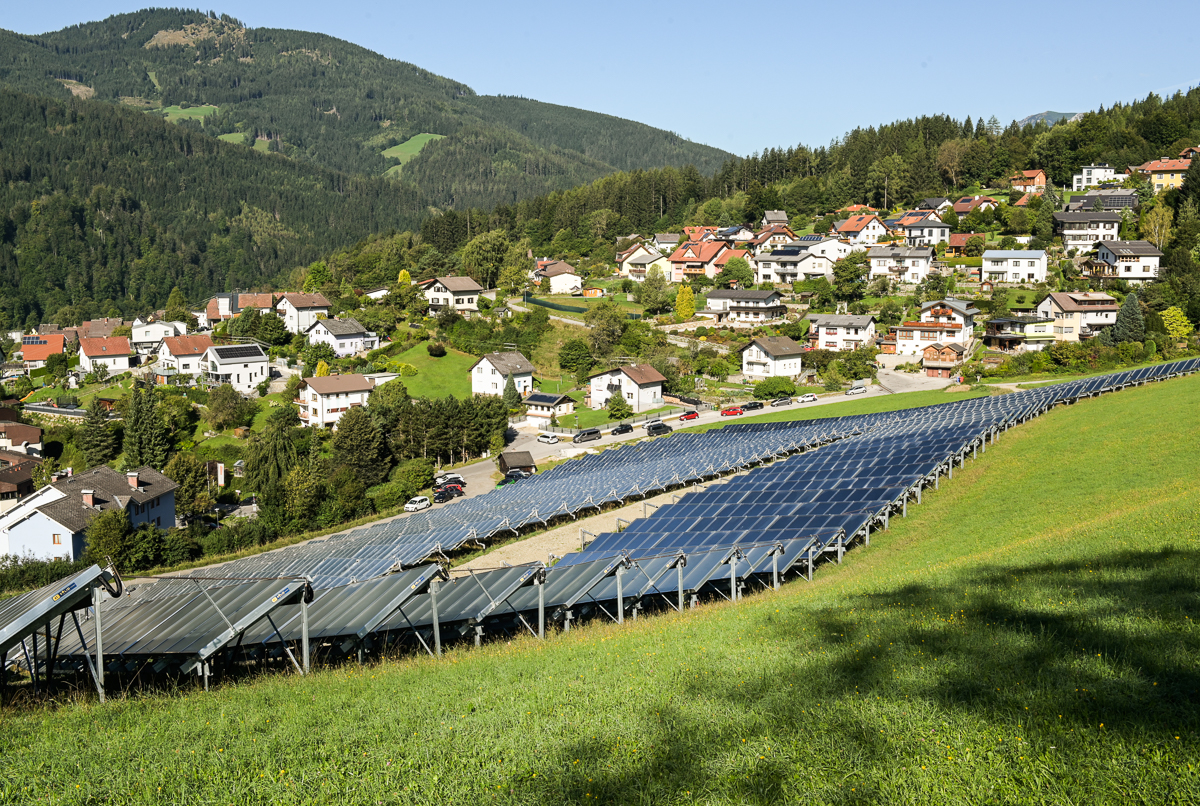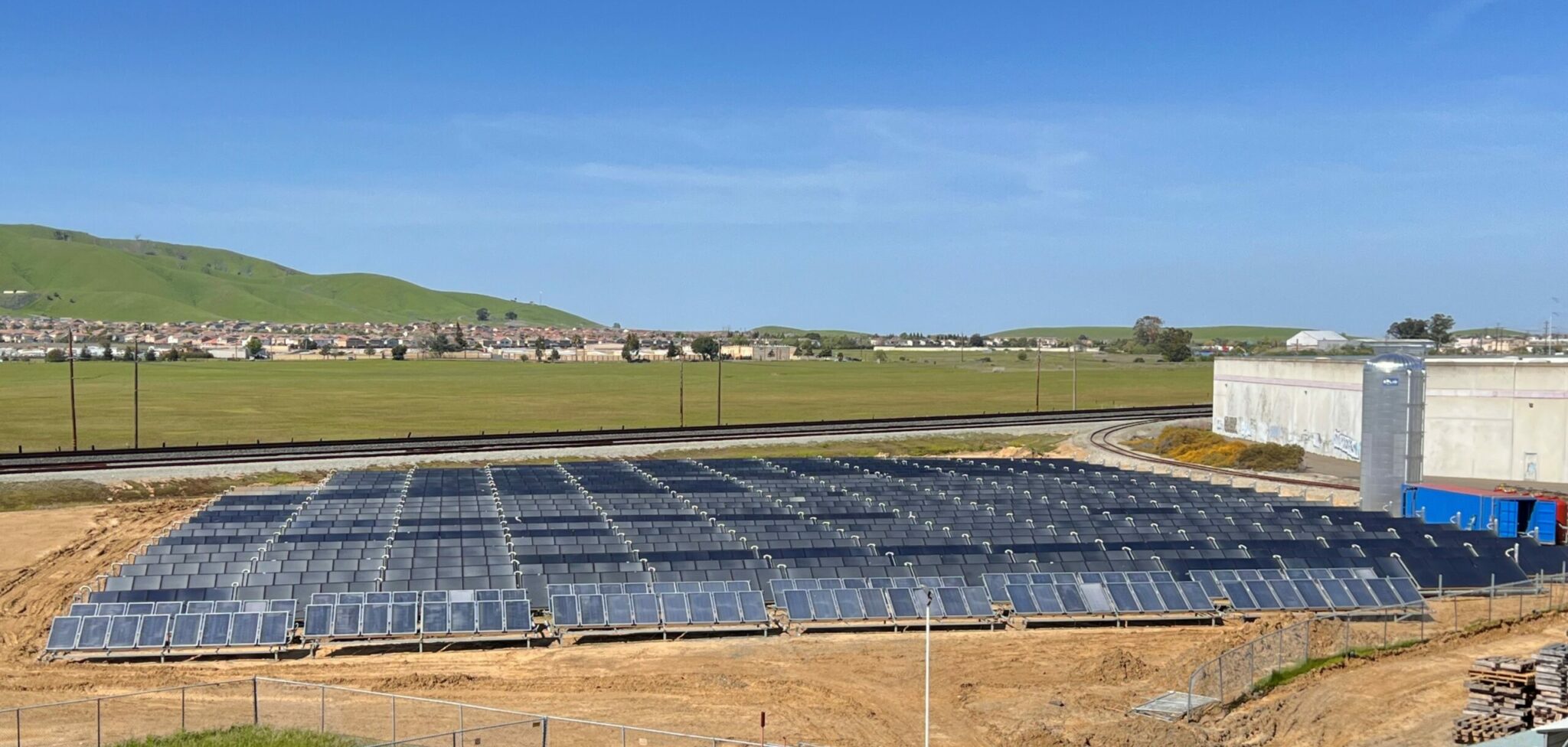Similar to photovoltaics, flora and fauna can also benefit greatly from solar thermal open-space systems. This is indicated in a new brochure of the “Solnet 4.0” project, in which the Steinbeis Research Institute “Solites”, the district heating association AGFW, the Hamburg Institute and the magazine “Energiekommune” work together. SOLID has the same experience of rich flora and fauna on large scale ground mounted solar thermal plants in Austria.
If attention is paid to a few simple principles when planning and operating solar thermal open-air systems, the areas can also serve as high-quality habitats in terms of nature conservation in addition to generating energy. There are positive effects because the areas are withdrawn from intensive agriculture or other uses for very long periods of time for the purpose of generating energy. Compensatory measures for the technical intervention in the landscape, which such a technical system inevitably represents, can often be achieved on the same area where energy is generated. In addition to the mere compensation regulation provided for by the licensing law, targeted measures can achieve ecological added value in the form of enormous biodiversity in addition to clean energy.
From an economic point of view, the operators are helped by eco-points or, in the future, certification systems, as they are currently being developed for the photovoltaic sector with the support of the German Federal Environment Foundation.




